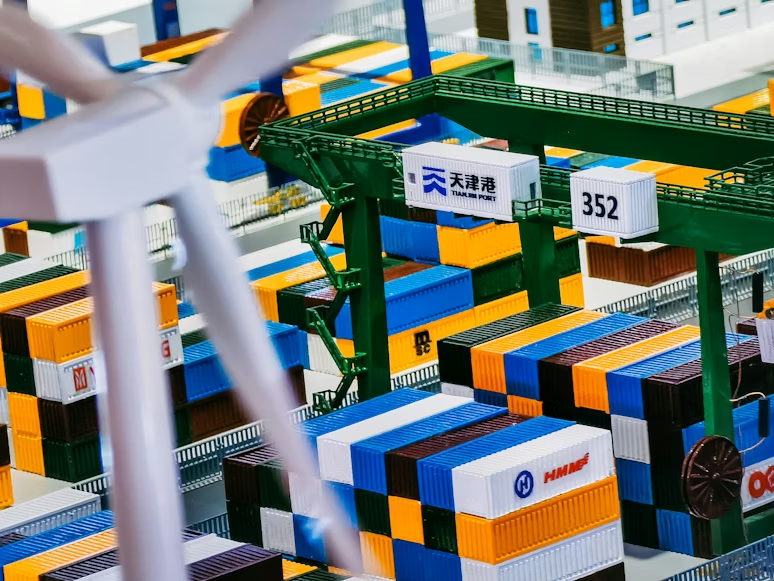In April, the Philippines witnessed a reduction in its trade deficit by 1.5%, as reported by the Philippine Statistics Authority (PSA). This improvement reflects adjustments in the country’s imports and exports during the period, underscoring shifts in economic dynamics.
The PSA data revealed that the country’s total trade reached approximately $15.43 billion in April, marking a decrease from the previous month’s figures. Imports, amounting to about $9.36 billion, showed a decline of 6.2% year-on-year, attributed to reduced purchases of electronic products, mineral fuels, and transport equipment. Meanwhile, exports totaled around $6.07 billion, showcasing a marginal increase of 0.6% year-on-year, largely due to higher shipments of manufactured goods, forest products, and other mineral products.
Economic analysts highlighted various factors influencing these trends, including global supply chain disruptions, fluctuating commodity prices, and domestic consumption patterns. Despite the narrowing trade gap, challenges remain in sustaining growth amidst evolving global economic conditions.
The Philippine government continues to monitor these developments closely, emphasizing strategies to enhance export competitiveness, support domestic industries, and manage import dependencies. The ongoing adjustments in trade dynamics are pivotal as the country navigates economic recovery and resilience amid global uncertainties.
Get comprehensive supply chain report news updates at The Supply Chain Report. For international trade tools, see ADAMftd.com.
#PhilippinesTradeDeficit #EconomicUpdate #PSAReport #TradeBalance #ImportsExports #EconomicDynamics #TradeData #GlobalSupplyChain #ExportCompetitiveness #EconomicRecovery #TradeTrends #PhilippinesEconomy #TradeStatistics #April2024Trade #EconomicChallenges

















